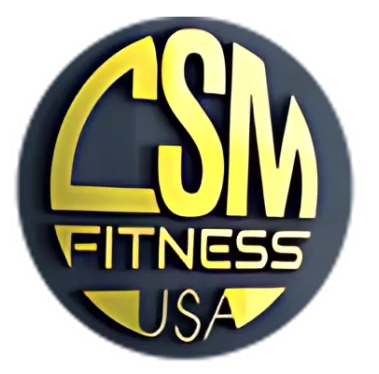Swing Squat Machine vs. Pendulum Squat Machine
March 25, 2024
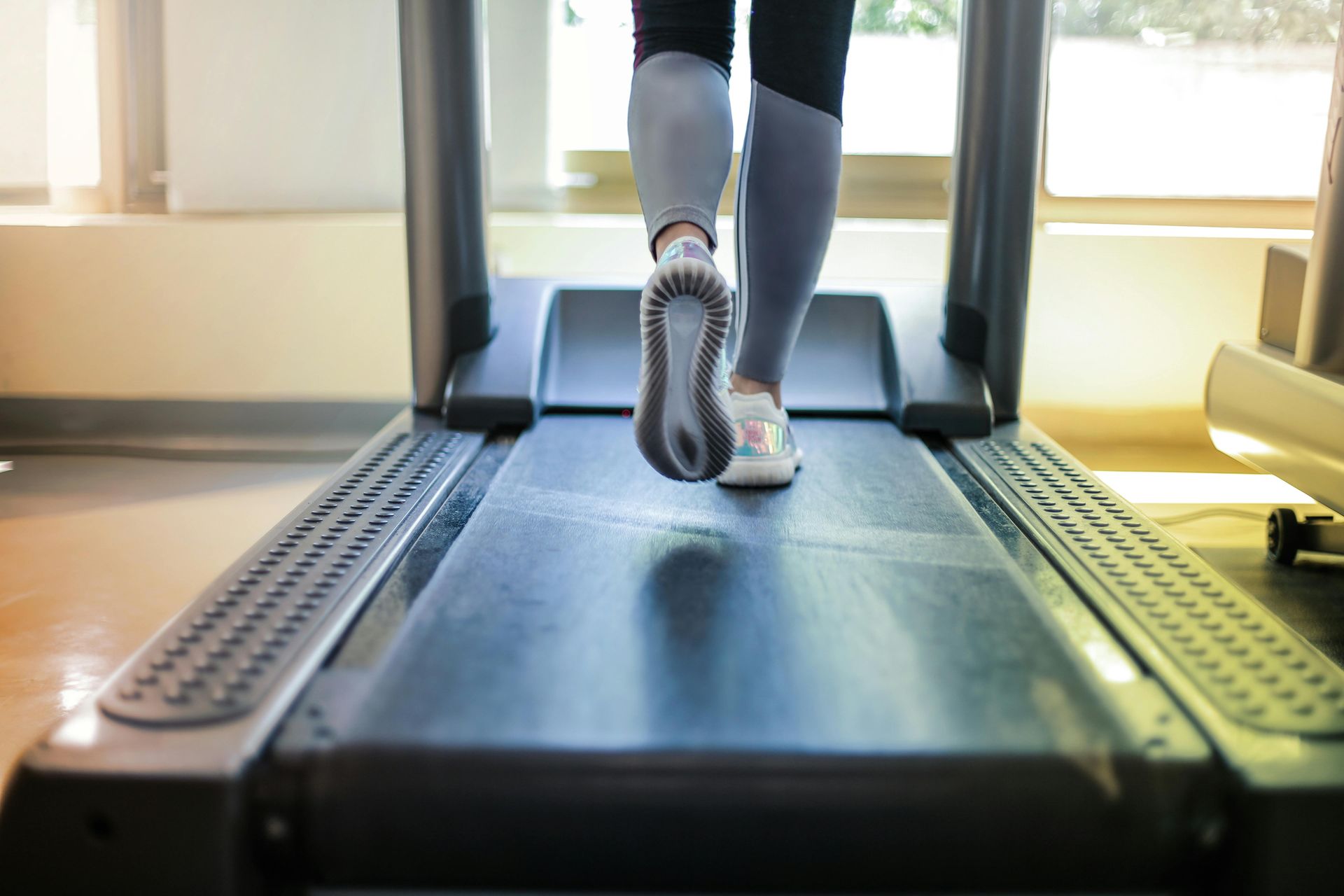
Building the Ultimate Home Gym: 10 Essentials You Shouldn't Miss Creating a home gym is an exciting venture, whether you're transitioning from a commercial gym or starting fresh. With guidance from fitness expert Jose Hernandez of CSM Fitness USA, this article outlines the top 10 essentials for building a functional, durable, and motivating home workout space. Dumbbells or Adjustable Dumbbells 1. A set of dumbbells is the cornerstone of any gym. Adjustable ones are great for saving space, but a full set offers better durability and allows multiple users to train simultaneously. 2. Adjustable Bench A reliable bench transforms your training potential. While some improvise with household items, a sturdy, adjustable bench provides both safety and versatility, making it a must-have. 3. Power Rack or Half Rack Essential for heavy lifting, a rack supports squats, bench presses, and more. Choose one based on your room height and training goals. Foldable racks offer convenience for smaller spaces. 4. Barbell and Weight Plates You can't utilize your rack fully without a barbell and plates. Whether bumper or steel, select weights based on your training style. Investing here enhances your strength training dramatically. 5. Resistance Bands Affordable and effective, resistance bands expand your exercise variety. They’re excellent for warm-ups, mobility, and resistance training, all without taking up space. 6. Kettlebells Kettlebells are versatile tools for dynamic movements like swings and snatches. A small variety can add significant range to your workouts. 7. Cardio Equipment Treadmills, rowers, bikes—you pick. Adding one cardio machine complements your strength training and supports heart health. 8. Pull-Up Bar A pull-up bar builds upper-body strength and can double up for accessories like TRX straps. If not built into your rack, a doorway model works too. 9. Flooring Often overlooked, proper flooring adds comfort, reduces noise, and protects your equipment. Rubber mats or tiles are preferable over foam, especially in high-impact zones. 10. Storage Solutions An organized gym is a usable gym. Use racks for dumbbells, barbells, and kettlebells to keep your space clean, safe, and inviting. With these essentials, your home gym can be a professional-grade fitness haven that keeps you motivated and consistent.
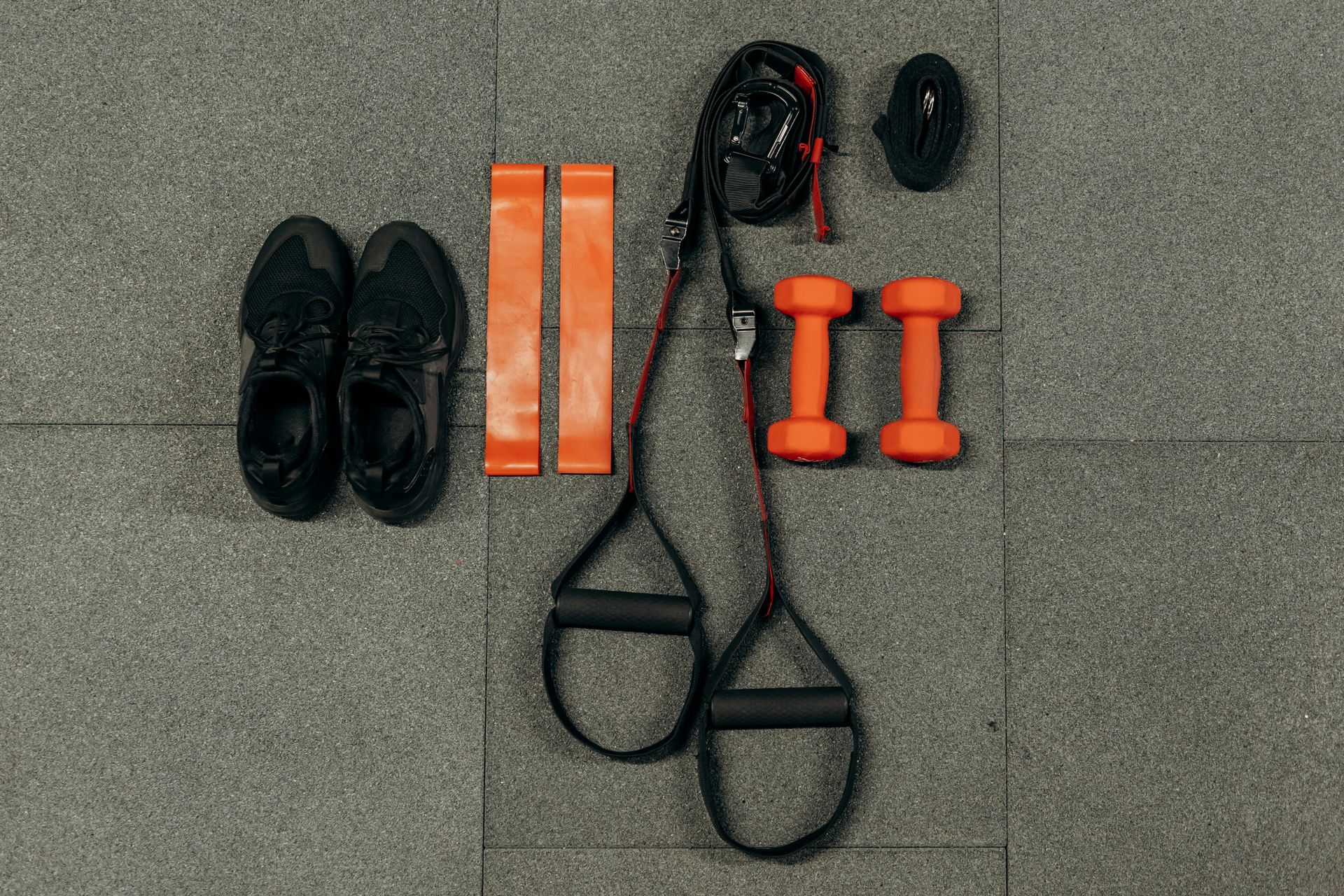
I was sitting in my office thinking about adding a piece of equipment and realized that with the right choices, even a small space can accommodate a versatile setup. That got me thinking about the best multi-functional gym equipment that maximizes efficiency while saving space. If you're limited on room, here’s my top list of must-have equipment to get the most out of your space. 1. Functional Trainer I've talked about this piece at length, but it truly is an absolute space saver. Many would argue that a functional trainer is all you need to get a full-body workout in a compact space. With its dual pulley system and endless exercise variations, this machine is a game-changer for small home gyms. 2. Fold-Up Half Rack A foldable half rack is an excellent space-saving option—just ensure you have the ceiling clearance before purchasing. When not in use, it folds neatly against the wall, keeping your space open. (Pro tip: Measure your ceiling height before purchasing to ensure proper fitment.) 3. Leg Press/Hack Squat Combo If lower-body training is a priority, this combo machine is a must-have. It combines two effective leg exercises into one unit, saving you both space and money. (Pro tip: Not all leg press/hack squat combos are created equal—quality varies, so shop smart. A lower price doesn’t always mean better value.) 4. Resistance Bands If you’re really tight on space, a good set of resistance bands is a fantastic alternative. They offer an incredible variety of exercises without taking up much room. Plus, they’re portable and can provide similar resistance to traditional free weights. If you don’t have space for dumbbells, bands are an excellent option to keep your workouts versatile and effective. 5. Accessories Having a variety of small accessories can make a big impact in a compact gym. Medicine balls, kettlebells, stability balls, push-up stands, and TRX straps don’t take up much space but add a ton of variety to your workouts. The best part? You can store them in a closet or corner and pull them out when needed. Final Thoughts These are my top five space-saving gym equipment choices. Just because you're limited on space doesn't mean you have to compromise on your workouts. With the right equipment, you can create a highly functional workout area without sacrificing performance or variety. Investing in versatile, space-efficient gear will help you stay consistent and make the most of your available space.
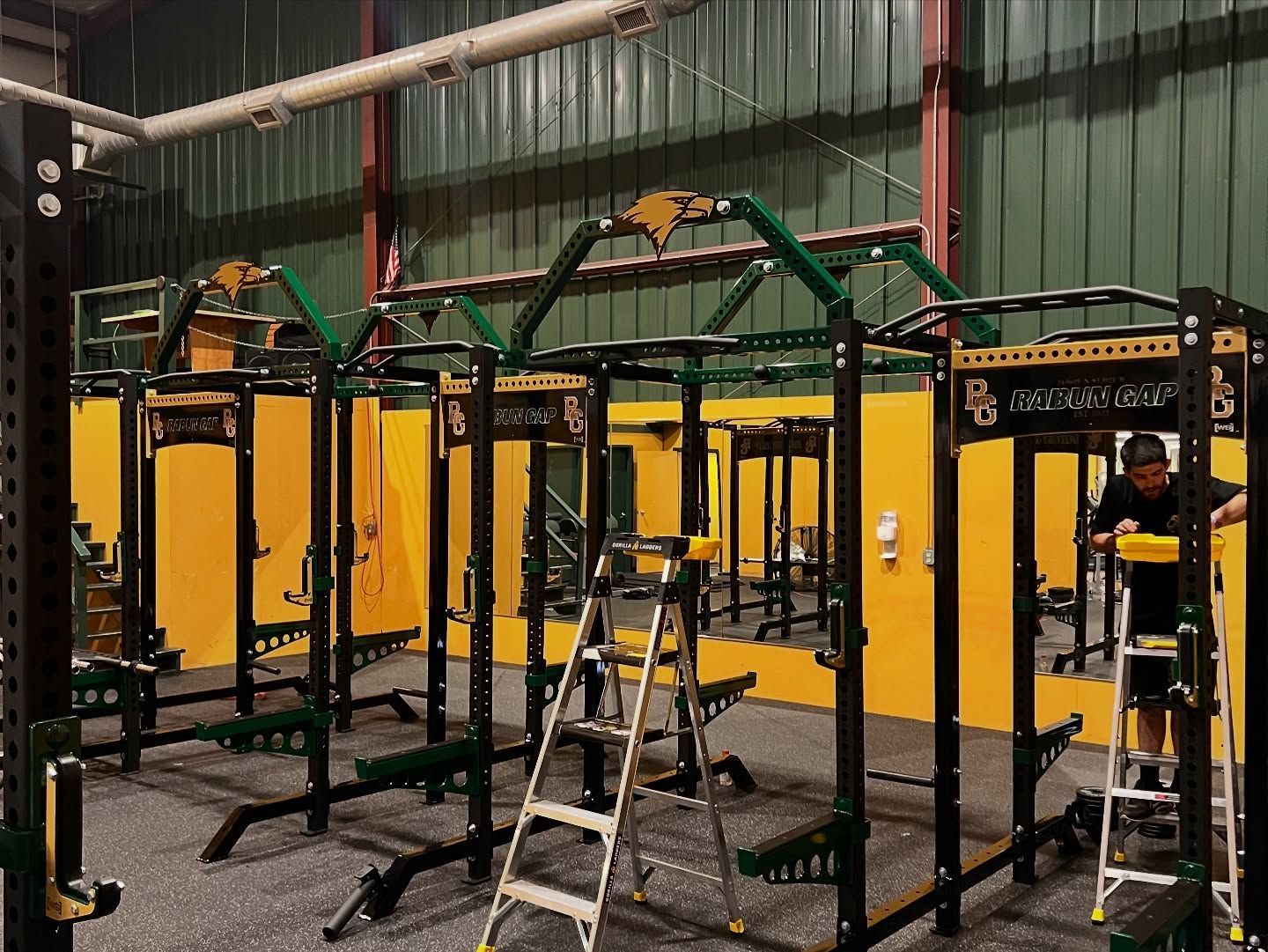
We’ve Moved! Welcome to Our New Location We’re excited to announce that we’ve officially moved into our new location, just a few minutes down the road from our previous spot. After a challenging but rewarding three-month journey, we’re thrilled to begin this new chapter for CSM Fitness USA. While I have fond memories of our old building, we had outgrown it—not necessarily in square footage but in functionality. The new space better aligns with our vision for the future and provides the tools we need to continue growing and serving our customers. Challenges and Growth The transition wasn’t without its challenges. One of the toughest decisions I faced was parting ways with two key team members who were resistant to the changes CSM is undergoing. Letting go of people who have been part of the journey is never easy, especially when they’ve contributed to the company’s ups and downs. However, their resistance was holding us back, and for the sake of progress, tough calls had to be made. Additionally, juggling high-profile jobs while training new team members during the move added to the complexity. Although the new location is only a short distance away, coordinating the logistics was no small feat. But we’re here now, and the effort was well worth it. A Space Designed for Our Future Our new facility offers significant improvements, including climate control for year-round comfort—an essential feature for combating harsh winters and scorching summers. We’ve also created a welcoming office space where customers can sit down and have meaningful conversations in a comfortable environment. This move reflects how our business has evolved. What started as a wholesaler and flipper of used fitness products has grown into a company offering moving, installations, sales, and repair services for both new and used equipment. These expanded services shaped the type of space we needed to support our growth and better serve our customers. Building for Success This new location is more than just a workspace—it’s the foundation for the next phase of our journey. It will allow us to grow our internal team, improve backend operations, and enhance our ability to support road teams and customers alike. With more responsibilities comes a greater need for efficiency, and we’re committed to meeting and exceeding expectations.
